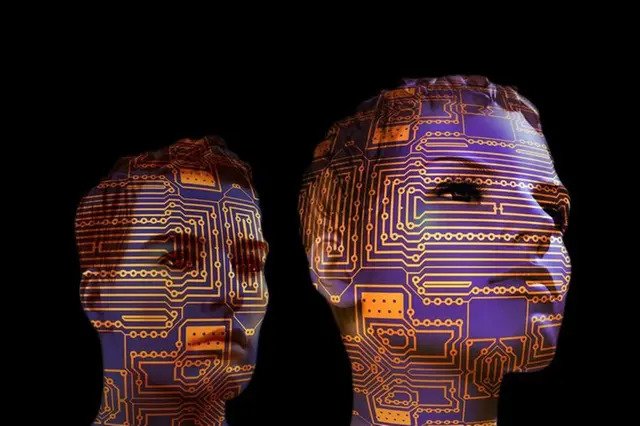Dubai, UAE – The number of deepfake videos online is increasing at an annual rate of 900 percent according to the World Economic Forum (WEF). A lot of deepfake fraud cases hit major headlines in the news, with reports relating to harassment, revenge, crypto scams.
Here are three top three deepfake scenarios that users should look out for, according to Kaspersky researchers:
The use of neural networks and deep learning (hence ‘deep fake’) has allowed users from all over the world to apply images, video and audio materials to create realistic videos of a person in which their face or body has been digitally altered so that they appear to be someone else. These manipulated videos and images are frequently used for malicious purposes to spread false information.
Financial Fraud
Deepfakes can be used for social engineering, where criminals use enhanced images to impersonate celebrities to bait victims into falling for their scams. For example, an artificially created video of Elon Musk promising high returns from a dubious cryptocurrency investment scheme went viral last year, causing users to lose their money.
To create deepfakes like this one, scammers use footage of celebrities or splice together old videos, and launch live streams on social media platforms, promising to double any cryptocurrency payment sent to them.
Pornographic deepfakes
Another use for deepfakes is to violate an individual’s privacy. Deepfake videos can be created by manipulating a person’s face onto a pornographic video, causing harm and distress.
In one case, deepfake videos of some celebrities surfaced online, showing their faces superimposed onto the bodies of pornographic actresses in explicit scenes. As a consequence, in such cases, the attack victims have their reputation harmed and rights violated.
Business risks
Often, deepfakes are even used to target businesses for crimes such as extortion from company managers, blackmail and industrial espionage.
For instance, there is a known case where cybercriminals managed to deceive a bank manager in the UAE and steal $35 million, using a voice deepfake – just a small recording of employee’s boss’s voice was enough to generate a convincing deepfake.
In another case, scammers tried to fool the largest cryptocurrency platform, Binance. The Binance executive was surprised when he started receiving “thank you!” messages about a Zoom meeting he never attended. With his publicly available images, the attackers managed to generate a deepfake and successfully applied it at an online meeting, speaking for the executive.
While the number of deepfakes is increasing, it remains an expensive type of fraud which requires a big budget.
Earlier research by Kaspersky revealed cost of deepfakes on the darknet. If an ordinary user finds software on the Internet and tries to make a deepfake, the result will be unrealistic and obvious to the human eye.
Few people will buy into a poor quality deepfake: they will notice lags in facial expression or a blurring of the shape of the chin.
Therefore, when cybercriminals are preparing for an attack, they will need a big amount of data: photos, videos and audio of the person they want to impersonate. Different angles, brightness of lighting, facial expressions, all play a big role in the final quality. For the result to be realistic, up-to-date computer power and software is necessary. All this demands a huge amount of resources and is only available to a small number of cybercriminals. Therefore, despite the dangers that a deepfake can provide, it is still an extremely rare threat and only a small number of buyers will afford it – the price for one minute of a deepfake can start from 20,000 US dollars.








